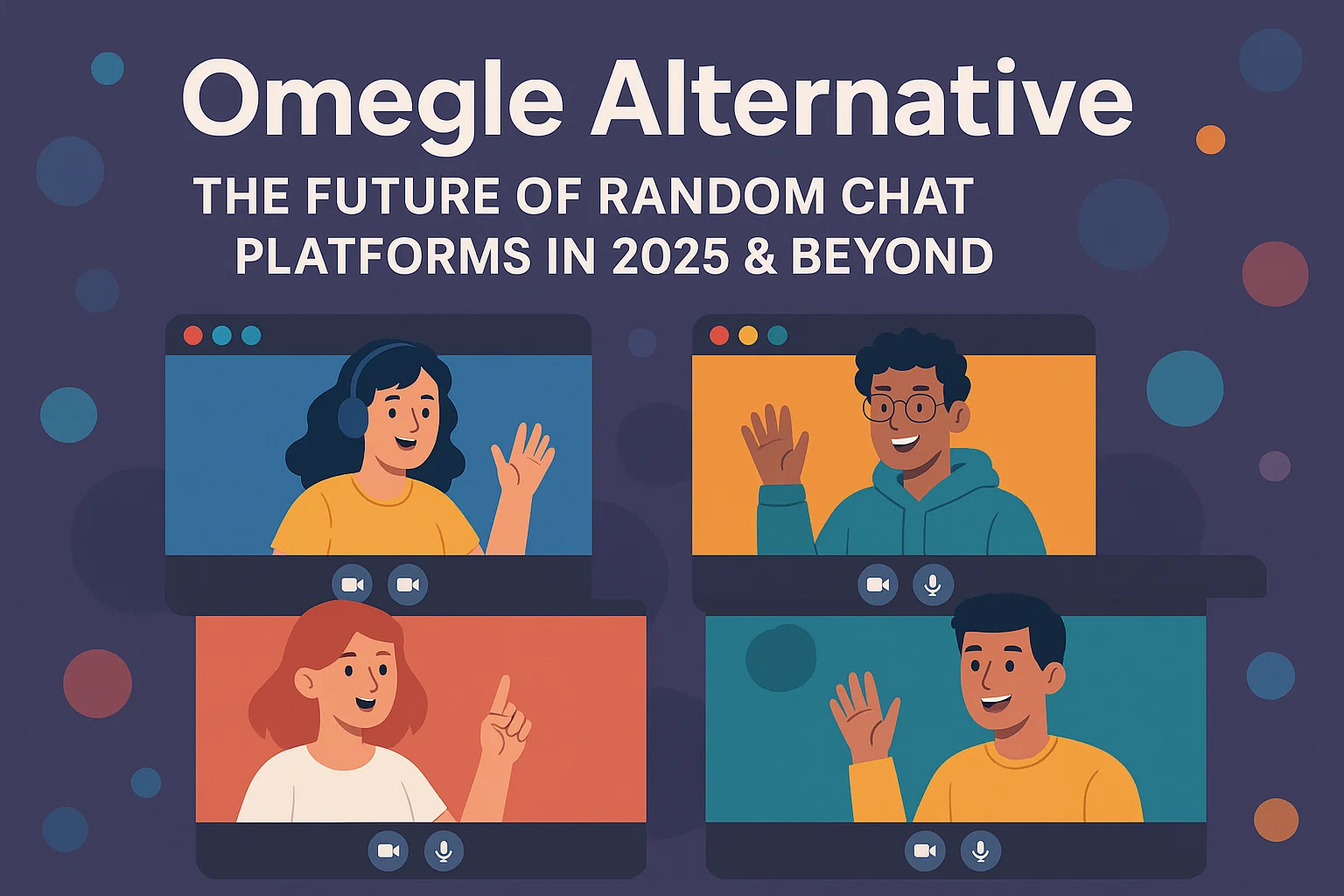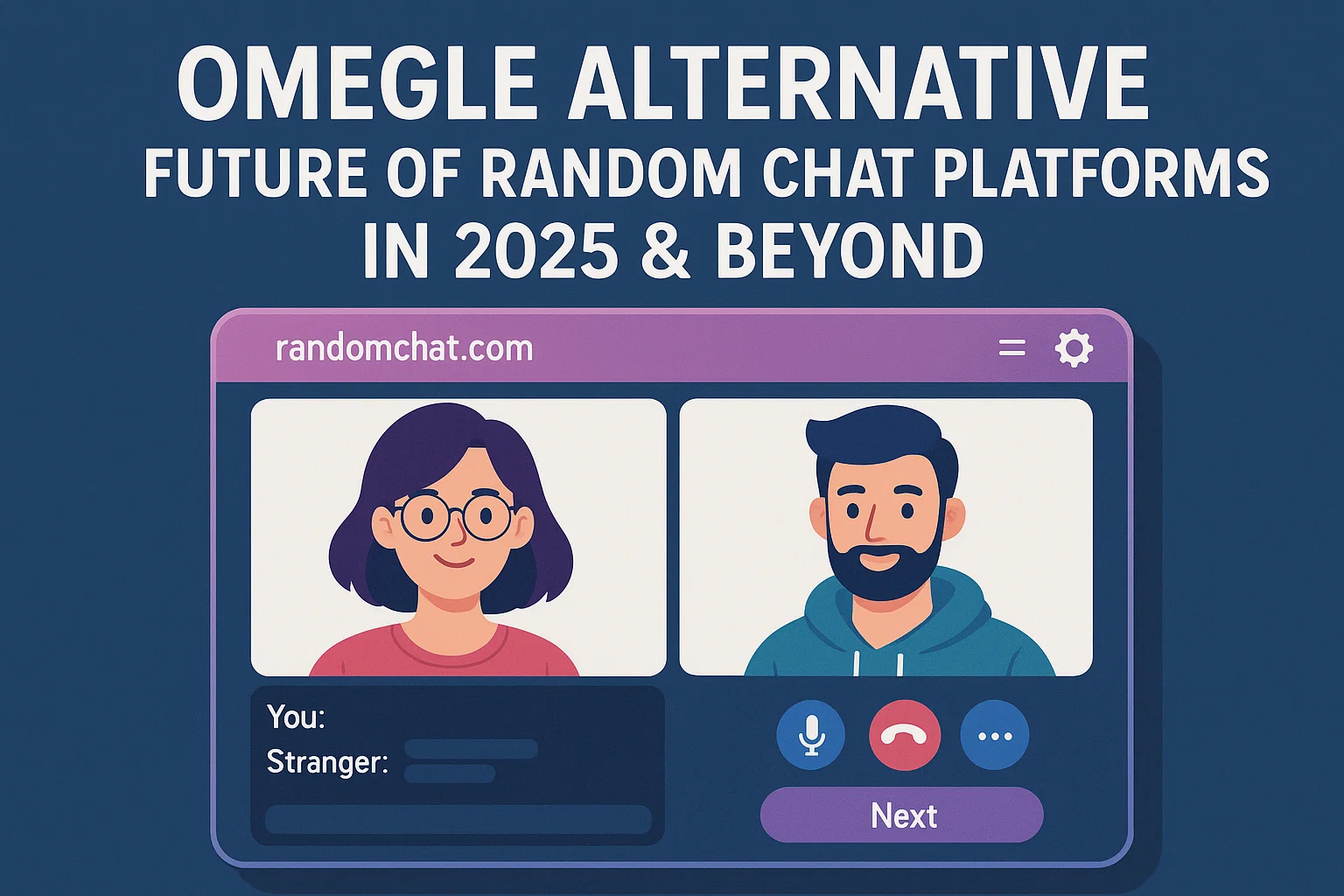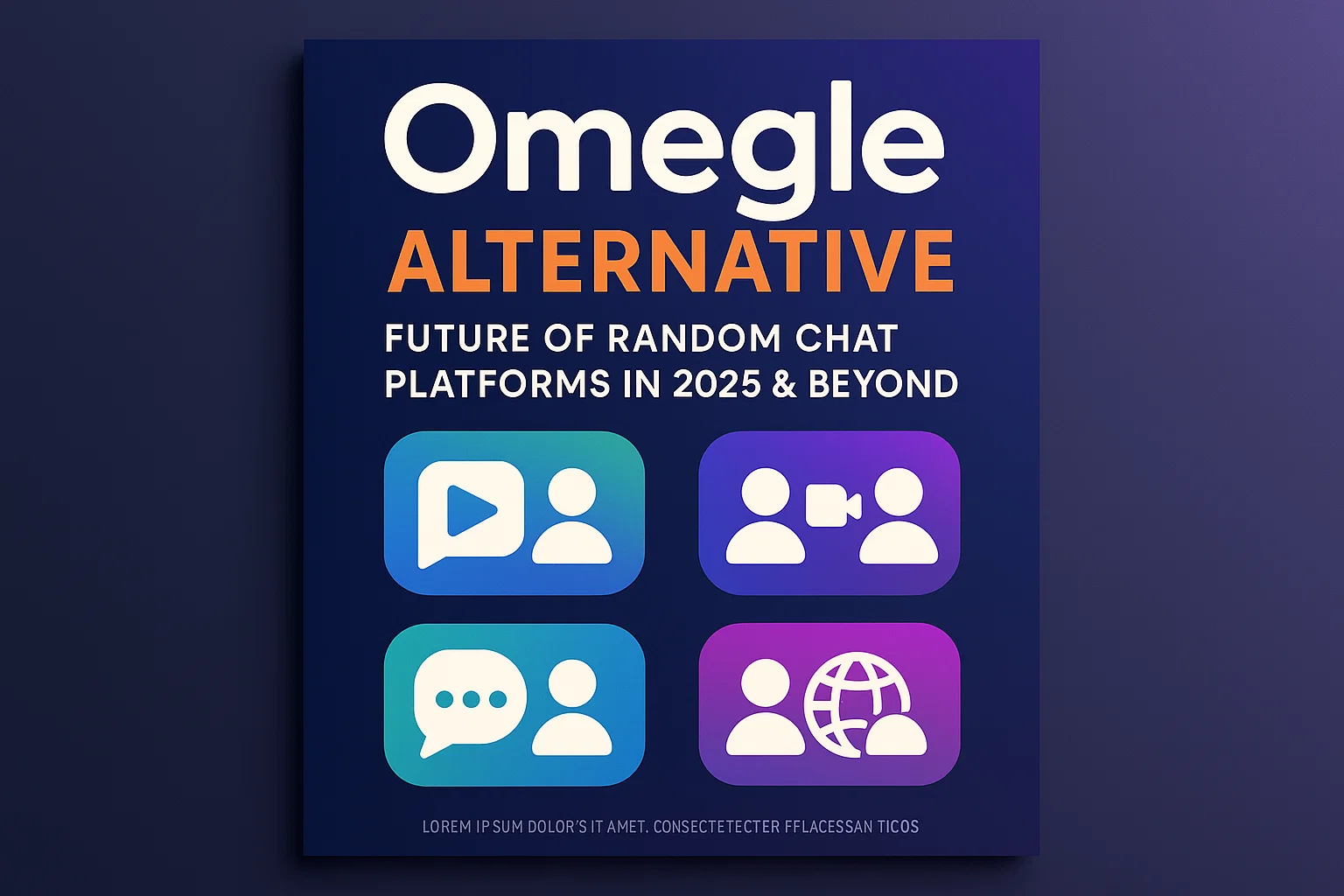The journey of random chat platforms began in the early days of the internet, characterized by basic chat rooms that allowed users to communicate anonymously with strangers. These platforms offered a sense of novelty and engagement, creating a space where individuals could easily connect without the constraints of geographical boundaries. The simplicity of early chat interfaces enabled casual interactions and friendships, laying the groundwork for the communities that would flourish online.
As technology progressed, random chat platforms began to evolve significantly. The introduction of more robust programming languages and improved internet speeds led to the development of interactive features, such as video chatting and real-time messaging. Platforms like IRC (Internet Relay Chat) and AIM (AOL Instant Messenger) gained prominence, enhancing user experience through customizable settings and status updates. These advancements marked a crucial shift from purely text-based interactions to multimedia communications, catering to a more diverse user base.
Further evolution saw the integration of social networking elements into random chat platforms, facilitating deeper connections amongst users. Features that promoted community building, such as group chat rooms and profile creation, began to emerge, reflecting a growing demand for more personal interactions online. In recent years, artificial intelligence has played a vital role in enriching these platforms. AI-driven algorithms now customize user experiences by suggesting potential chat partners based on shared interests, significantly enhancing user satisfaction and retention.
Moreover, the advent of virtual reality (VR) technology offers a groundbreaking avenue for random chat platforms, creating immersive environments where users can interact as if they were physically together. This fusion of AI and VR is poised to redefine the landscape of online communication, paving the way to more engaging and human-like experiences. As random chat platforms continue to evolve, they are increasingly becoming dynamic spaces catering to the diverse preferences and behaviors of users across the globe.

The landscape of random chat platforms is set to undergo radical transformation by 2025, driven primarily by advancements in artificial intelligence (AI), machine learning (ML), and natural language processing (NLP). These technologies are revolutionizing user interactions by enabling more effective matching algorithms that can categorize users based on their interests, preferences, and communication styles. Consequently, these innovations facilitate more meaningful conversations and enhanced user experiences on random chat platforms, allowing participants to engage with like-minded individuals seamlessly.
Artificial intelligence algorithms will increasingly be employed to analyze user interactions in real-time, adapting to the dynamic nature of conversations and making recommendations that enhance user engagement. Machine learning will refine these systems over time, drawing on a wealth of user data to continuously improve matching efficiency. Natural language processing will elevate dialogues by providing tools for better understanding context, sentiment, and intent, thus fostering deeper, more relevant exchanges among users.
In addition to AI, augmented reality (AR) and virtual reality (VR) technologies are set to play a pivotal role in reshaping how users experience random chat platforms. By integrating AR and VR, platforms can offer immersive environments that replicate face-to-face interactions, making conversations feel more genuine and engaging. Such innovations could lead to virtual meeting spaces that allow users to interact in visually rich settings, breaking down geographical barriers and encouraging deeper social connections.
Moreover, the integration of blockchain technology promises to enhance privacy and security within these platforms. By utilizing decentralized systems, random chat platforms can provide users with greater control over their data, ensuring secure communications while reducing the risk of abuse and data breaches. As these technological innovations unfold, they will undoubtedly redefine how individuals engage in conversations and build relationships, paving the way for a transformative era in the realm of online communication.

The evolution of random chat platforms has profound social implications, particularly in the realms of privacy, safety, and communication. As these platforms become increasingly popular, concerns regarding user privacy have surged. Users often share personal information in the heat of moments, exposing themselves to potential risks such as identity theft and harassment. Consequently, developers must prioritize robust privacy protocols to safeguard user data and foster a secure environment. Enhanced encryption methods and anonymity features can empower users while ensuring their communication remains confidential.
Alongside privacy concerns, safety represents another critical consideration. Random chat platforms can inadvertently become venues for abuse and inappropriate behavior. Thus, implementing features such as reporting systems, AI-driven moderation, and user verification is essential to protect individuals from harmful interactions. These functionalities can help cultivate a supportive atmosphere where users feel safe engaging with one another, fostering a positive community spirit.
Conversely, random chat platforms also hold significant potential for enhancing global communication and facilitating cultural exchange. Users from diverse backgrounds can connect and share experiences, breaking down barriers and promoting understanding across different cultures. This capacity for spontaneous interactions contributes to a richer tapestry of human connection, where users can learn from each other and gain new perspectives.
User experience design plays a pivotal role in ensuring the success of these platforms. Engaging interfaces, intuitive navigation, and interactive features that encourage user participation are crucial elements that enhance the overall experience. Developers must remain receptive to user feedback, allowing for community-driven improvements. By fostering an environment that prioritizes safety and engagement, random chat platforms can evolve into vibrant spaces for exploration and connection among users around the globe.

The landscape of random chat platforms is poised for significant evolution over the next decade, driven by technological advancements and changing user preferences. One notable trend anticipated is the integration of gamification elements. This approach aims to enhance user engagement by incorporating game-like features such as rewards, levels, and challenges. By creating a playful environment, platforms can foster longer interactions and encourage users to explore social connections in a more enjoyable context.
Moreover, the rise of social networking features within random chat platforms is expected to reshape user experiences. As individuals increasingly seek connections beyond mere random encounters, platforms may introduce functionalities allowing users to interact with others based on shared interests, hobbies, or experiences. This development could facilitate deeper connections, expanding the purpose of these platforms beyond just casual conversations to more meaningful interactions.
Emerging niche communities will also play a critical role in the future of random chat platforms. As users look for tailored experiences, platforms that cater to specific interests or demographics are likely to grow in popularity. This shift allows those seeking like-minded individuals to find common ground more easily, making the chat experience more rewarding and less arbitrary. Such specialization may attract diverse demographics, further enriching the chat environment.
Additionally, societal transformations, particularly those stemming from the increasing prevalence of remote work and globalization, are anticipated to influence the types of interactions sought by users. With people working from various locations and cultures interconnected more than ever, the demand for platforms that offer cross-cultural communication and networking opportunities will likely surge. Experts believe this burgeoning need may drive platform developers to prioritize features that enhance user interactions across different cultural backgrounds.
As these trends unfold, users can expect random chat platforms to evolve significantly, adapting functionality and community engagement to meet shifting needs and preferences. The future looks promising for innovative interactions and dynamic connections within this digital landscape.